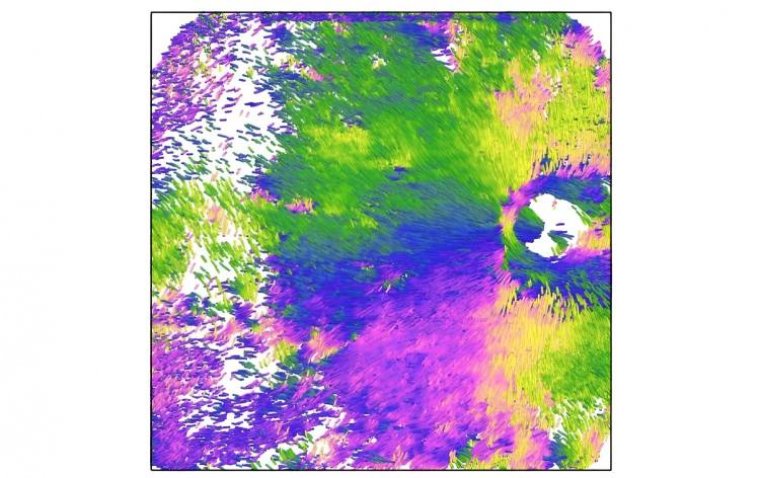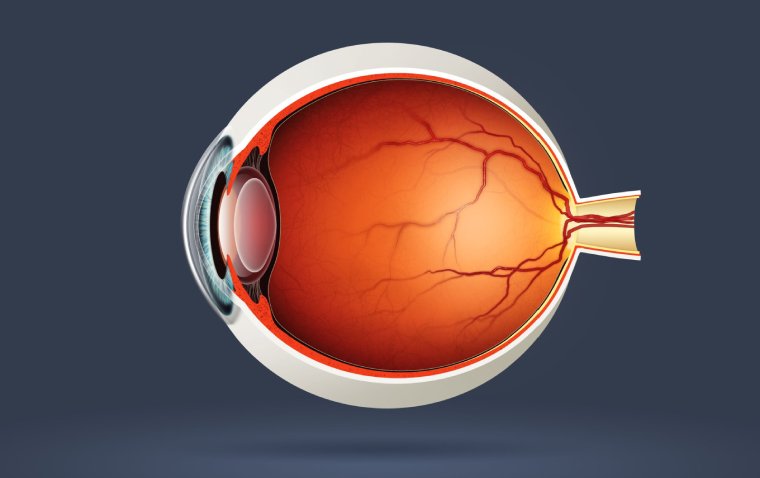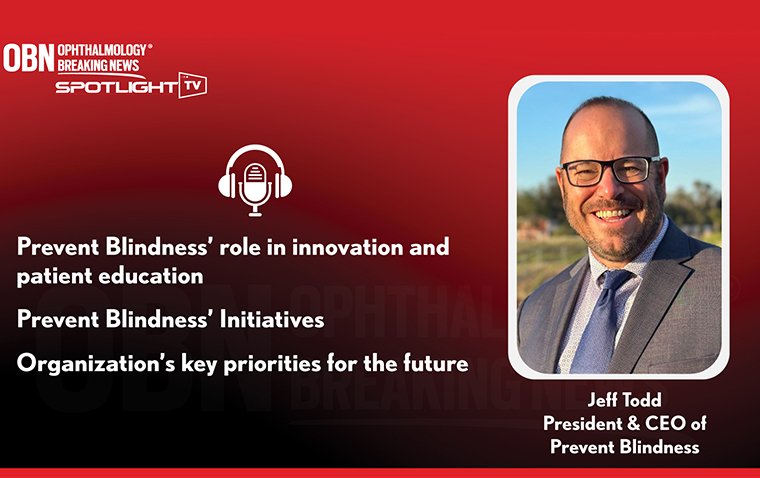
Study Finds Home Vision Tests Inadequate for Detecting Neovascular AMD
A recent study published on April 25 in JAMA Ophthalmology has revealed that home-monitoring vision tests do not match the diagnostic accuracy of hospital eye service follow-up clinics in detecting active neovascular age-related macular degeneration (nAMD).
Conducted by Ruth E. Hogg, Ph.D., and her team from Queen's University Belfast, United Kingdom, the research assessed the efficacy of three home-monitoring tests against hospital follow-ups during the after-treatment monitoring phase of nAMD.
The study involved 259 patients (312 eyes), all aged 50 years or older, who had been treated for active nAMD for a period ranging from six to 42 months prior to the study. It was found that the median frequency of home testing was three times per month, with a range between once and four times. The estimated area under the receiver operating characteristic curve for all tested home-monitoring systems — the KeepSight Journal, the MyVisionTrack mobile app, and the MultiBit app — was below 0.6, indicating poor diagnostic performance. Only the KeepSight Journal summary score showed a significant association with lesion activity, with an odds ratio of 3.48.
Impact of Home Vision Testing on Clinical Practice
"Results suggest that no home-monitoring vision test evaluated provided satisfactory diagnostic accuracy to identify active nAMD diagnosed in hospital eye service follow-up clinics," the authors noted. They further explained that relying on these home tests and having ophthalmologists review only positive results could lead to a high rate of missed active lesions, thereby increasing the risk of unnecessary sight loss.
Understanding nAMD
Neovascular age-related macular degeneration (nAMD), also known as wet AMD, is a serious eye condition marked by the growth of abnormal blood vessels under the macula, the part of the retina responsible for sharp, central vision. This growth can lead to fluid and blood leakage, which in turn causes rapid and severe vision loss if left untreated. nAMD is one of the leading causes of vision impairment and blindness in older adults, primarily affecting those aged 50 and above. The condition's progression can be sudden and dramatically impair the ability to perform tasks that require sharp vision, such as reading and driving.
Reference
Ruth E. Hogg et al, Home-Monitoring Vision Tests to Detect Active Neovascular Age-Related Macular Degeneration, JAMA Ophthalmology (2024). DOI: 10.1001/jamaophthalmol.2024.0918













